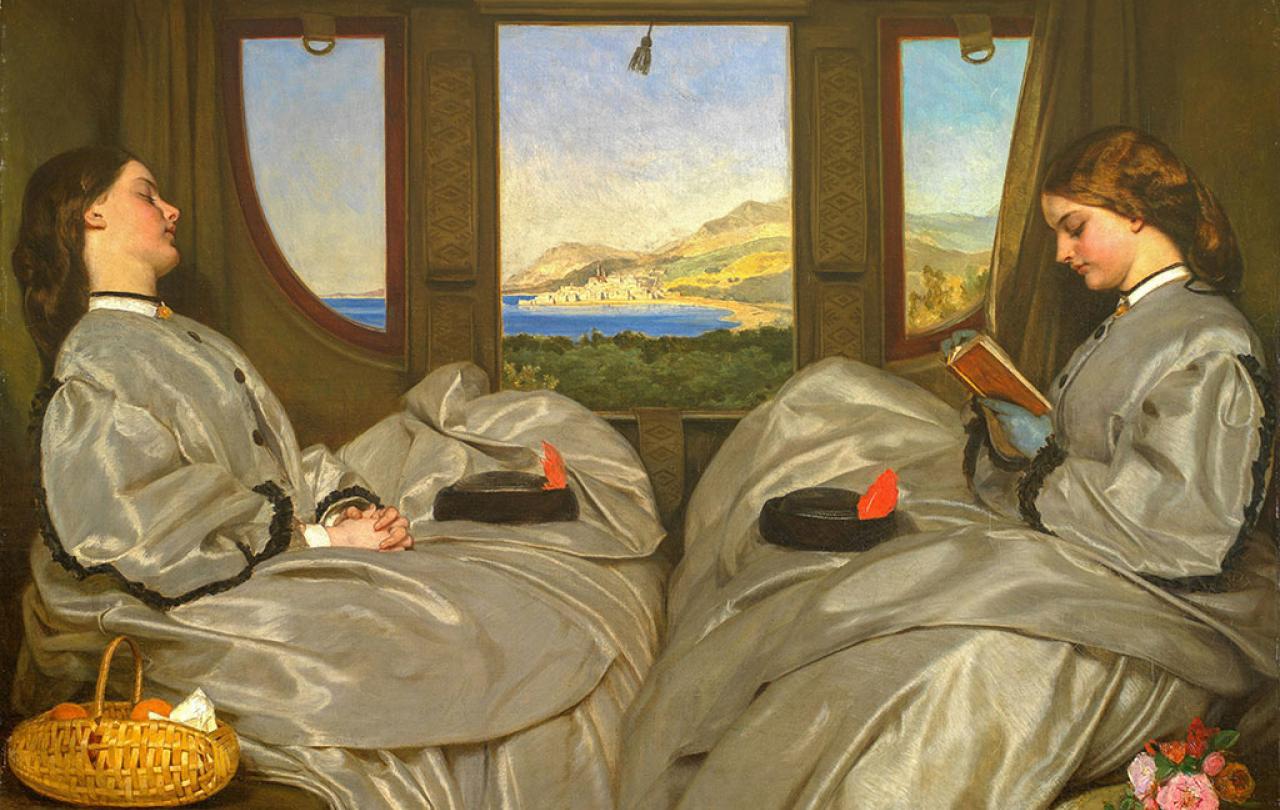
Enter a newbuild property, and the first thing you’re greeted with is sparkle. The thick dust of construction has been wiped away, and everything is so clean, so tidy, so… new.
If you’ve bought such a property, you will have likely had a meeting during the purchasing process to ‘choose your options.’ During this meeting you will surprise yourself at your attention to detail: working out which plugs require USB connection; how many spotlights you want in the kitchen; what colour the cupboards should be, and what kind of flooring you’d like. Who knew that flooring was such an expensive, and extensive decision.
For some of my new neighbours, however, the process has been a little different.
As with all newbuild developments, there is a requirement for 10 per cent of it to be made up of affordable housing. On an estate as big as ours, that means approximately 200 homes. ‘Affordable’ is a relatively broad category, with schemes including shared ownership and discounted rates for first-time buyers included alongside social housing. In reality, affordable housing is still not affordable for everyone.vOn arrival at your new affordable home, you are unlikely to find the spotlighted kitchen, the USB plug sockets, and extensive pre-laid flooring. These are all unaffordable extras. Instead, you are greeted by your bare, naked subfloor. Under our newbuild fluffy carpets lie cold and hard ground. In new social housing, this means a dusty floor for little feet to take first steps on.
It was perhaps naïve of me, but I had assumed that flooring was a relatively essential element in a house, even if it’s social housing. I was wrong. Even when a previous tenant has had flooring fitted it can be removed between occupancies. Hygiene-related? Maybe. But perhaps the blanket ban on flooring could be reconsidered.
On our housing development, social housing is mixed in with privately-owned properties. Detached five-beds sit just down the road from terraced socials – but the distance between the lives of their inhabitants is significantly bigger than the distance between their homes. There is already reputational differentiation between streets.
Then there’s the geographical positioning. There is no prescription of how social housing needs should be spread across the development. In our case, it is weighted heavily towards the first few stages of building. As building progresses, houses will get bigger and the distance between them more spacious. In keeping with the locality, the back end of our development will see more palatial, less ‘affordable’ homes. Putting affordable housing up front means that the 10 per cent quota is achieved, publicised, and the existing county culture protected. It also means that these early stages of our development will actually be more heavily populated with social housing. Perhaps even attempts at integration of affordable housing will be undermined by this planning strategy.
As we live and do life on our new development, I have been privileged to meet lots of different people from lots of different backgrounds and in lots of different housing. Some are first-time buyers, who have struggled to save a deposit and work long shifts to cover the mortgage repayments. Some are experienced homeowners, who have upgraded to bigger homes and bigger mortgage repayments. Some (like us) have become homeowners, only through the generosity of parents and through shared ownership schemes. Some are social housing tenants, paying rent on homes that will never be theirs.
In this mixing pot of society, we are trying to build a community that supports all. Just over a year ago, my husband and I moved onto the estate with our boys to start a new church. With the help of others, we aim to be at the centre of a thriving local neighbourhood.’ This means being committed to community; loving our neighbours, no matter who our neighbours are. Because Jesus doesn’t care where people live or where they came from. Jesus doesn’t care how many bedrooms your home has, or what percentage of your home you actually own. Jesus doesn’t care whether or not you have adequate flooring.
He also acknowledges the dusty, dirty feet of his followers. He sends them into strangers’ homes with a message of peace, their dusty feet only to be shaken off on the way out. I suppose this means their feet remain dust-coated and mud-caked while they’re there. So, while we are here, perhaps we will also have dusty feet - with or without carpets.
Support Seen & Unseen
Since Spring 2023, our readers have enjoyed over 1,500 articles. All for free.
This is made possible through the generosity of our amazing community of supporters.
If you enjoy Seen & Unseen, would you consider making a gift towards our work?
Do so by joining Behind The Seen. Alongside other benefits, you’ll receive an extra fortnightly email from me sharing my reading and reflections on the ideas that are shaping our times.
Graham Tomlin
Editor-in-Chief





